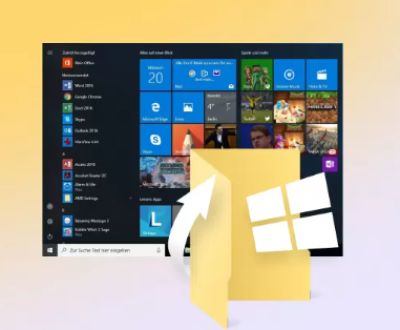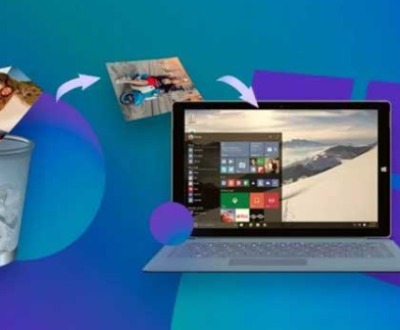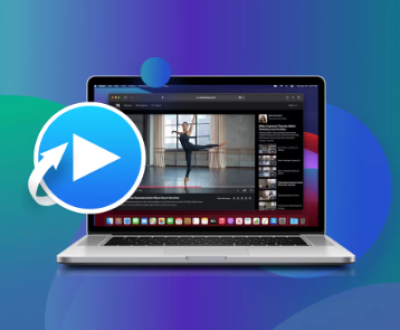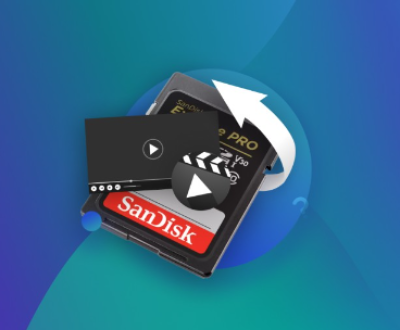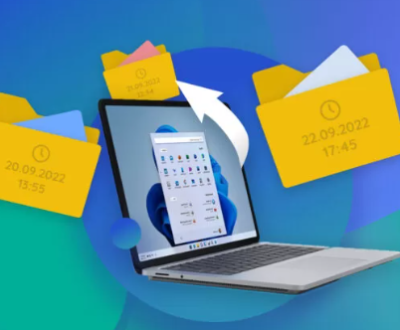Formatting an SD card to FAT32 on Windows 11 is a straightforward process, but it can become complicated if you are dealing with larger SD cards (64GB or more) because the built-in tools in Windows may not allow you to format larger cards directly to FAT32.
Frequently Asked Questions (FAQs)
1. Understanding FAT32 and Its Importance
FAT32 (File Allocation Table 32) is one of the most widely used file systems for removable storage devices such as SD cards and USB drives. It is known for its high compatibility with different operating systems and devices like cameras, game consoles, and smartphones.
Why is FAT32 so important?
Compatibility: FAT32 is almost universally supported by all operating systems, including Windows, macOS, Linux, and Android. It is also supported by various types of devices such as cameras, media players, and gaming consoles.
Legacy Devices: Many older devices, particularly cameras, gaming consoles, and audio equipment, require FAT32 format to read SD cards.
File size limitations: The primary downside of FAT32 is that it cannot store files larger than 4GB, and the maximum partition size is 2TB. This makes FAT32 less ideal for high-capacity cards used for large files like HD video or game backups.
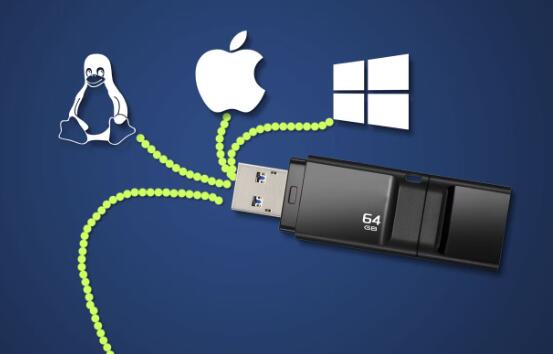
2. Reasons for Formatting to FAT32
Before jumping into the process of formatting an SD card to FAT32. it’s crucial to understand why you might need to do this:
Device Compatibility: Some devices, especially older models, require SD cards to be formatted in FAT32. These devices include:
Older digital cameras
Older game consoles (like PlayStation 3. Wii, etc.)
Media players and older Android devices
Cross-platform usage: If you intend to use the SD card across multiple operating systems (Windows, macOS, Linux), FAT32 ensures compatibility, as it’s universally supported.
Performance on smaller SD cards: For SD cards under 32GB, FAT32 often provides better performance in terms of speed and storage efficiency compared to other file systems like NTFS or exFAT.
However, for SD cards above 64GB, FAT32 is generally not recommended due to file size and partition size limitations.
3. How to Format an SD Card to FAT32
3.1. Using File Explorer
This is the simplest method for formatting an SD card to FAT32 on Windows 11. and it works well for SD cards with a capacity of up to 32GB.
Insert the SD card into your computer via an SD card reader or the built-in SD card slot.
Open File Explorer by pressing Windows + E or clicking the folder icon on the taskbar.
In File Explorer, locate the SD card under the “This PC” section.
Right-click on the SD card and select Format from the context menu.
In the Format window, select FAT32 from the File system dropdown.
You can optionally change the Volume label (the name of your SD card) and select a Quick Format.
Click Start to begin formatting.
Note: If your SD card is larger than 32GB, the FAT32 option might not be available in File Explorer.
3.2. Using Disk Management
Disk Management is another built-in tool in Windows 11 that allows you to manage drives, partitions, and formats.
Press Windows + X and select Disk Management from the menu.
In the Disk Management window, locate the SD card.
Right-click on the SD card partition and select Format.
In the Format window, select FAT32 from the File system dropdown.
Enter a Volume label if desired, and check the Perform a quick format option.
Click OK to start formatting.
Note: Just like in File Explorer, Disk Management might not offer the FAT32 option for SD cards larger than 32GB.
3.3. Using Command Prompt (Diskpart)
If your SD card is larger than 32GB and you need to format it to FAT32. the Command Prompt offers a more powerful method.
Press Windows + S and type “cmd” in the search bar. Right-click on Command Prompt and select Run as administrator.
In the Command Prompt window, type the following commands:
diskpart
After Diskpart starts, type:
list disk
This will list all the disks on your computer, including the SD card.
Identify your SD card from the list (by its size) and type the following:
bash
select disk X
Replace X with the number of the SD card.
Next, type:
clean
This command will remove all partitions from the SD card.
Now, create a new partition by typing:
sql
create partition primary
Then, format the SD card to FAT32 by typing:
lua
format fs=fat32 quick
Once the format is complete, assign a drive letter by typing:
objectivec
assign
Type exit to close Diskpart.
3.4. Using PowerShell
PowerShell is another command-line tool in Windows 11 that you can use to format an SD card to FAT32.
Press Windows + X and select Windows Terminal (Admin) from the menu.
In the PowerShell window, type the following command:
mathematica
Format-Volume -DriveLetter X -FileSystem FAT32 -Force -Full
Replace X with the drive letter of your SD card.
Press Enter and wait for the formatting process to complete.
3.5. Third-Party Software
For SD cards larger than 32GB, you may need third-party software, as Windows 11’s built-in tools do not allow formatting to FAT32 for larger storage devices.
Some popular third-party tools include:
MiniTool Partition Wizard
EaseUS Partition Master
Rufus
GUIFormat
These tools are user-friendly and specifically designed to handle larger drives and formats that Windows might not support.
Steps using MiniTool Partition Wizard (similar process for other tools):
Download and install MiniTool Partition Wizard.
Launch the software and locate your SD card in the drive list.
Right-click on the SD card and choose Format Partition.
In the format settings, select FAT32 as the file system.
Click Apply to start formatting the SD card.
4. Troubleshooting Common Issues
SD card not detected:
Ensure the card is properly inserted. Try a different SD card reader or USB port if it isn’t showing up.
FAT32 not available as an option:
For SD cards larger than 32GB, use third-party tools like MiniTool or EaseUS to format the card to FAT32.
Access denied or write protection error:
Check the SD card’s physical lock switch. Make sure it is set to “unlock.” You can also try disabling write protection using Command Prompt (diskpart).
5. Tips for Safe Formatting
Backup data: Formatting will erase everything on the SD card, so ensure that all important files are backed up beforehand.
Use quick format carefully: While quick format is faster, a full format is more thorough, checking for errors and bad sectors.
Check device requirements: Before formatting, ensure the device you intend to use the SD card with supports FAT32.
6. Frequently Asked Questions (FAQs)
Q: Can I format a 64GB SD card to FAT32 in Windows 11?
A: Yes, but you will need to use third-party software or Command Prompt as Windows built-in tools do not allow formatting larger drives to FAT32.
Q: What’s the maximum file size I can store on a FAT32 SD card?
A: The maximum file size for FAT32 is 4GB. If you need to store larger files, consider using exFAT or NTFS instead.
Q: Is FAT32 better than exFAT?
A: FAT32 is more compatible with older devices, but exFAT is a better option for newer devices and larger SD cards due to its lack of file size limitations.
About us and this blog
Panda Assistant is built on the latest data recovery algorithms, ensuring that no file is too damaged, too lost, or too corrupted to be recovered.
Request a free quote
We believe that data recovery shouldn’t be a daunting task. That’s why we’ve designed Panda Assistant to be as easy to use as it is powerful. With a few clicks, you can initiate a scan, preview recoverable files, and restore your data all within a matter of minutes.
Subscribe to our newsletter!
More from our blog
See all postsRecent Posts
- How to restore deleted images 2025-06-30
- How to restore a deleted file on windows 2025-06-30
- is there any way to restore deleted photos 2025-06-30

 Try lt Free
Try lt Free Recovery success rate of up to
Recovery success rate of up to


